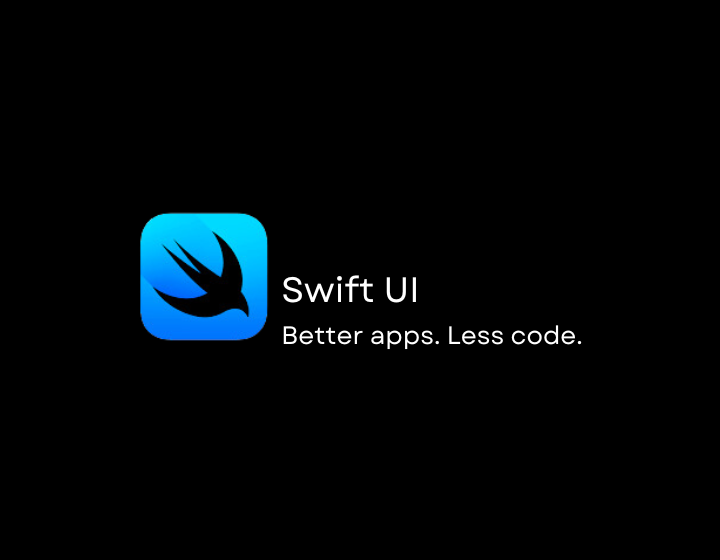
Introduction
In the ever-evolving landscape of app development, staying ahead of the curve is paramount. Enter SwiftUI, Apple's innovative framework that has been making waves since its introduction. SwiftUI represents a paradigm shift in how developers create user interfaces for iOS, macOS, watchOS, and tvOS applications. Its declarative syntax, combined with powerful features, has streamlined the development process and unlocked new possibilities for creating beautiful and dynamic user experiences
The Rise of Declarative U
Traditionally, building user interfaces involved imperative programming, where developers would explicitly define each step to create and update UI elements. While effective, this approach often led to complex code structures and increased development time. SwiftUI changes this by adopting a declarative approach, where developers describe the desired UI and its behavior, letting the framework handle the implementation details. With SwiftUI, developers define UI components using concise and intuitive syntax, leveraging Swift's expressive language features. This declarative nature not only simplifies code but also enhances readability and maintainability. Developers can focus on describing the what rather than the how, resulting in more efficient development workflows and reduced cognitive load
Key Features of SwiftU
SwiftUI seamlessly integrates with Swift, leveraging its modern syntax and features. Developers can leverage Swift's type safety, optional, and functional programming capabilities to build robust and scalable UIs.
One of SwiftUI's standout features is its live preview functionality, which provides real-time feedback as developers write code. Changes made in the code editor are instantly reflected in the preview canvas, allowing for rapid iteration and experimentation.
SwiftUI enables developers to build applications for multiple Apple platforms using a single, unified codebase. This consolidation streamlines development efforts, reduces duplication, and ensures consistency across platforms
SwiftUI employs a reactive programming model, where UI elements automatically update in response to changes in underlying data. This bidirectional data binding simplifies state management and eliminates the need for manual UI updates
SwiftUI promotes component-based architecture, allowing developers to encapsulate UI elements into reusable components. This modular approach fosters code reusability, enhances maintainability, and facilitates collaboration among team members
Building Blocks of SwiftUI
Views represent the building blocks of SwiftUI applications, defining the UI hierarchy and structure. SwiftUI offers a rich set of built-in views for common UI elements like text, images, buttons, and more. Developers can also create custom views to suit their specific requirements
Modifiers enable developers to customize the appearance and behavior of views using a fluent and composable syntax. From adjusting colors and fonts to adding animations and gestures, modifiers empower developers to fine-tune every aspect of the UI.
SwiftUI provides a variety of layout options for arranging views within containers. Developers can use stacks, spacers, and alignment guides to create flexible and responsive layouts that adapt to different screen sizes and orientations
Managing application state is a fundamental aspect of app development, and SwiftUI simplifies this process with its built-in state management techniques. Developers can use @State, @Binding, @ObservedObject, and @EnvironmentObject to manage stateful data and trigger UI updates accordingly
The Future of App Development with SwiftUI
As SwiftUI continues to evolve, its impact on the app development landscape will only grow stronger. With each iteration, Apple introduces new features and enhancements that further empower developers to create immersive and engaging user experiences. From dynamic animations and transitions to augmented reality and machine learning integration, SwiftUI opens doors to endless possibilities for innovation. As developers embrace SwiftUI and harness its full potential, we can expect to see a new era of app development characterized by creativity, efficiency, and unparalleled user experiences.
Conclusion
SwiftUI represents a transformative shift in how developers approach UI development for Apple platforms. Its declarative syntax, combined with powerful features and seamless Swift integration, has revolutionized the way apps are built. By embracing SwiftUI, developers can unlock new levels of productivity, creativity, and excellence in app development.


Leave a comment: